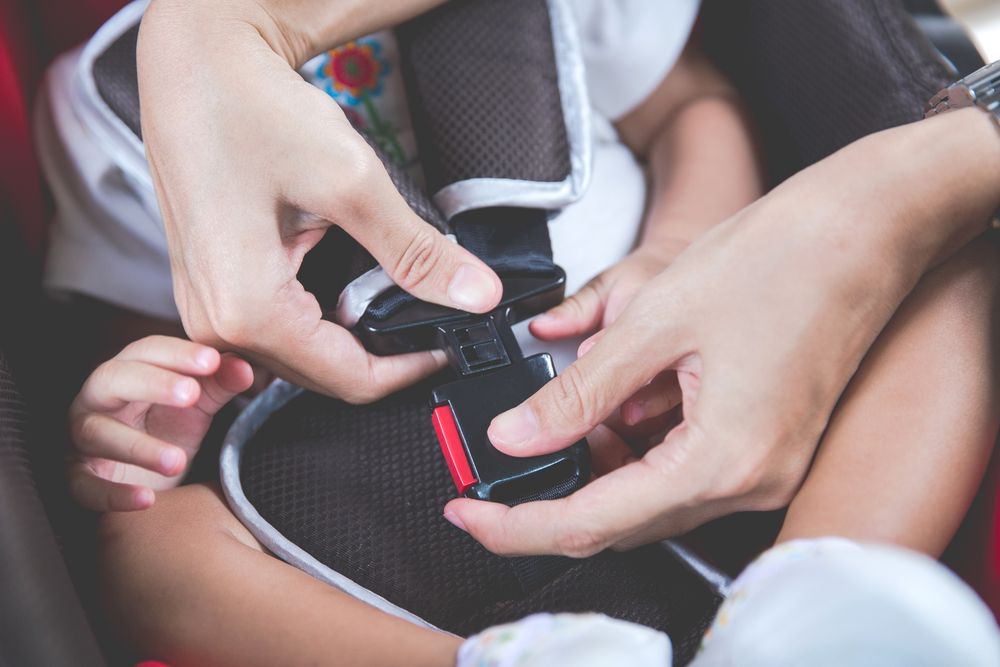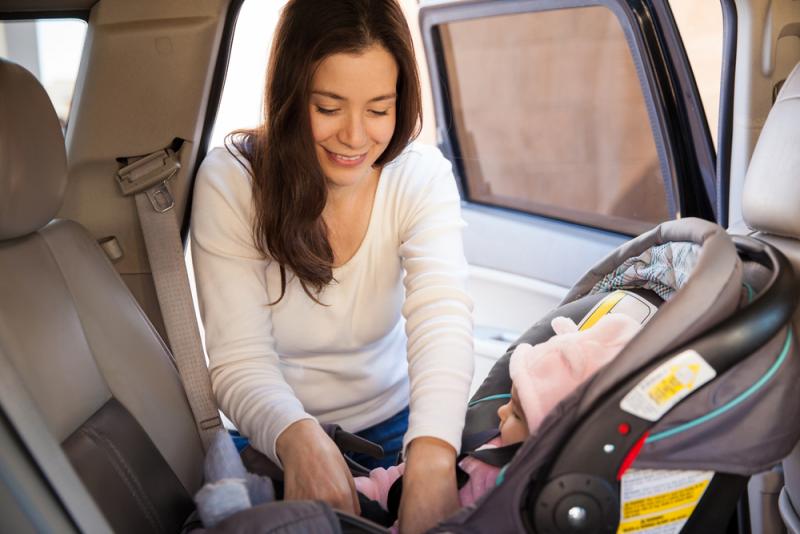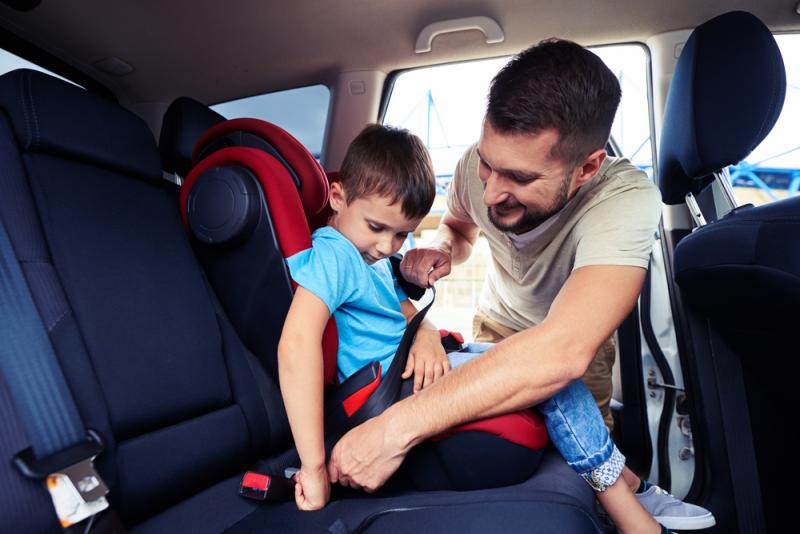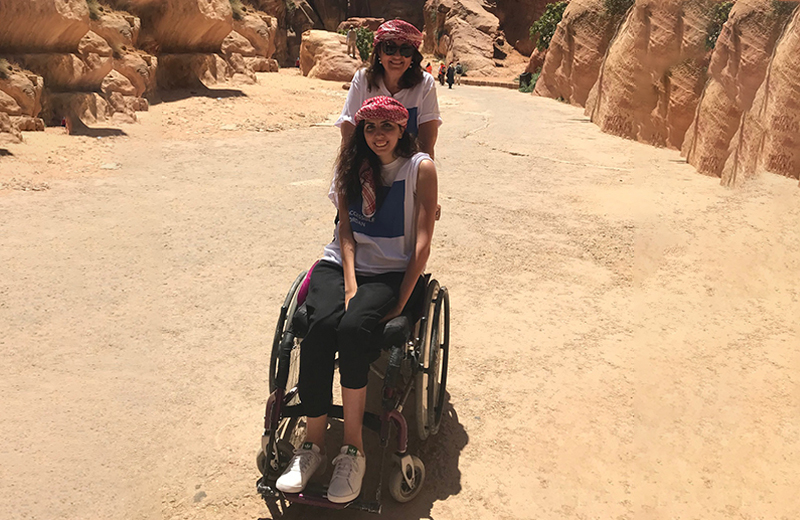Infants health
How to choose the right car seat for your baby?

“Dr. Linda, why do we need to use a car seat?”
When used properly, studies on car seat safety show that car seats lower the risk of death in car accidents by 71% in infants and by 54% in children between 1-4 years of age. They also lower the risk of serious injuries by 67%. One of the most important investments you will make in your child’s safety is in car seat safety.
Car seats are so important that hospitals in developed countries will not allow you to take your newborn home unless you have a car seat.
Remember: Car seats are made for transporting your baby in a car or other vehicle and not for use as a place for your baby to sleep. The risk of SIDS (sudden infant death syndrome) is higher in babies who sleep in their car seats rather than in their bed at night and at nap time.
This article is your guide to optimal car seat safety - to keep your little one safe and healthy! It is one of our many practical guides for raising holistic, thriving babies and children.
Choosing the right car seat for your baby is only the first step toward keeping your baby safe in the car. It is just as important to make sure that the car seat is installed properly and that you use it correctly!
What you need to know when choosing a car seat for your baby/child
-
Infants and babies less than 2 years old should be in rear-facing car seats.
-
All car seats/booster seats for babies and children under 13 years of age should be in the back seat of the car.
-
Infant car seats are only safe for infants less than 20 pounds(10kg) and can only be used rear facing.
They have a base you strap into the car and leave there, and a seat that you can remove from the car. Remember, it is not safe to use the seat as a place for your baby to sleep.

-
You can keep your baby in the infant car seat till he/she has outgrown the maximum height or weight rating of the car seat After this move your baby to a convertible car seat.
Make sure the new seat is safe for your baby’s height and weight. -
Convertible car seats can be used for infants (always note the minimum and the maximum weight and height ratings), older babies, toddlers, and preschoolers.
-
Either type of car seat should be backward facing until your baby is 2 years old after which they can be switched to forward-facing car seats.
-
After your child outgrows the convertible car seat s/he will still need to stay in a “belt-positioning booster seat”, booster seat, for short until the regular seat belt of the car fits properly.
A properly fitting seat belt lays halfway across your child’s shoulder and very low on the lap under your child’s tummy and just above the thighs. A loose shoulder strap could hurt your child’s neck in the case of an accident and a loose lap strap could rupture an organ. Kids can usually move out of a booster seat when they are taller than 4 foot 9 inches tall and between 8-12 years old.

“Dr. Linda, my baby is a preemie and he only weighs 5 pounds. What kind of car seat should I get?”
How to Choose a Car Seat for Your Preemie
Choosing the right car seat for car seat safety for a small or preemie baby is very much like choosing one for a bigger baby with a few extra precautions:
-
Make sure you get a car seat rated as safe for babies down to 4 pounds(1.8kg).
Check the label on the side of the car seat or read the manual to see the minimum weight rating of the car seat.
-
Make sure that the straps fit baby snugly and securely.
Just like in bigger babies, the slots for the shoulder straps need to be low enough that they are at the level of your baby’s shoulders or right below. This way you know that the straps will be nice and tight on your baby’s shoulders which will hold him/her securely in place in case of an accident. If the straps are too loose baby won’t be safe!
-
It is not safe to use blankets or pillows to ‘fix’ the fit of the straps.
Very small babies may slump over to the side and possibly close off their airways. Talk to the hospital staff about using very tightly wrapped receiving blankets on either side of the baby to hold them upright. -
To secure the car seat in the car only use parts that came from the car seat manufacturer.
-
Bring the car seat to the hospital before discharge to check the fit of your baby and that your baby can tolerate the angle of the car seat.
-
If your preemie can’t tolerate the angle of the car seat or your doctor tells you he/she needs to lie flat during travel, talk to your doctor about using a car bed.
Make sure it meets the Federal Motor Vehicle Safety Standard 213. (It should say it does in the car bed’s manual).Before leaving the hospital ask the hospital staff to check your baby can lie safely in the car bed.












